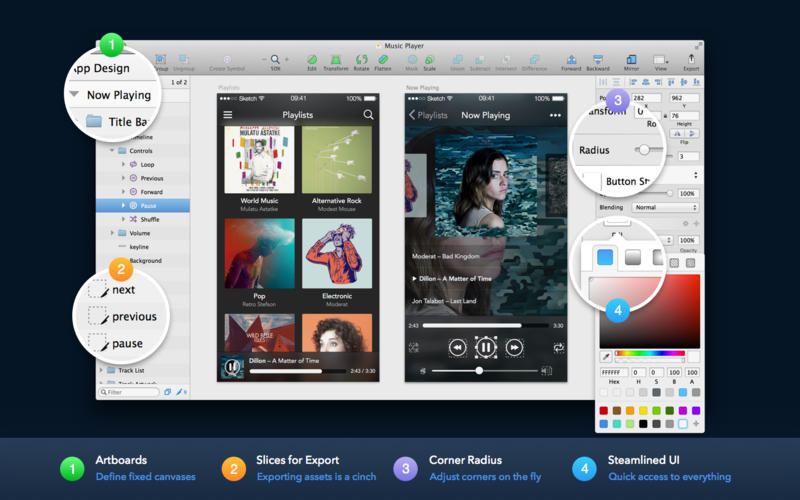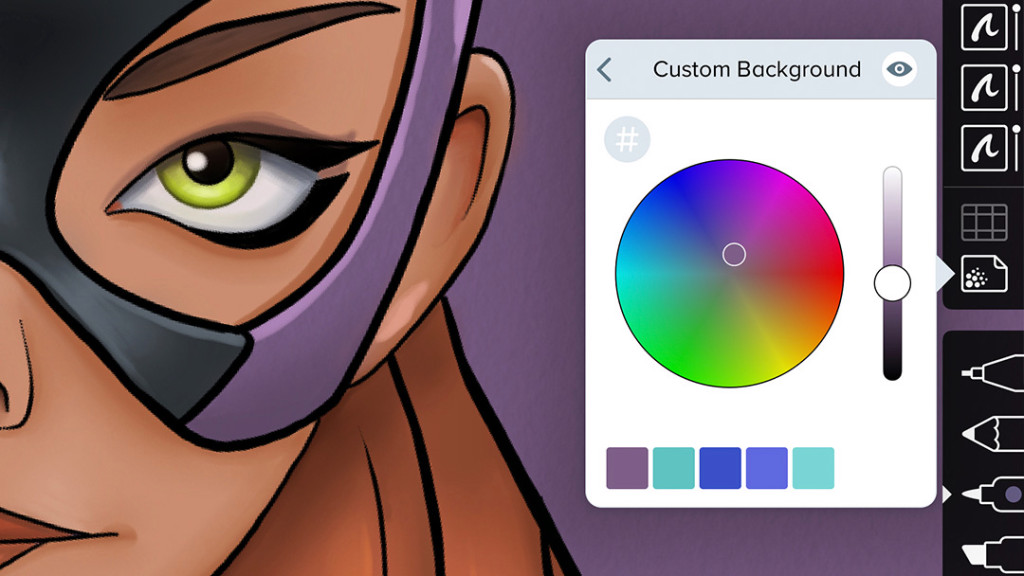

#Sketchpad 3.0 software#
The Geometer's Sketchpad is a commercial interactive geometry software program for exploring Euclidean geometry, algebra, calculus, and other areas of mathematics.
Archived at Ghostarchive and the Wayback Machine: "Sketchpad", Youtube. 296, archived from the original on Ap, retrieved : CS1 maint: unfit URL ( link). - (30 January 1963), Sketchpad: A Man-Machine Graphical Communication System (PDF), Lincoln Laboratory, Massachusetts Institute of Technology via Defense Technical Information Center, Technical Report No. -, "Sketchpad: A Man-Machine Graphical Communication System", AFIPS conference proceedings (paper), PL: ACI, archived from the original on. -, Sketchpad: A man-machine graphical communication system (PDF) (PhD thesis), UK: CAM, Technical Report No. Sutherland, Ivan Edward (1980), Sketchpad: A Man-Machine Graphical Communication System, New York: Garland Publishers, ISBN 0-8240-4411-8. Müller-Prove, Matthias, Graphical User Interface of Sketchpad, DE: MProve. Kay, Alan, "Pt 1", Doing with Images Makes Symbols (video presentation), Archive, 4min5. Coons, Steven (1964), "Computer Sketchpad", in Fitch, John (ed.), Science Reporter (episode), explains the principles of "Sketchpad". "The Mouse that Roared: PDP-1 Celebration Event (Running Time: 01:53:46)". "Sketchpad: A man-machine graphical communication system (courtesy Computer Laboratory, University of Cambridge UCAM-CL-TR-574 September 2003)". ^ Sutherland, Ivan Edward (January 1963). The Regents of the University of California. The Human–Computer Interaction Handbook: Fundamentals, Evolving Technologies and Emerging Applications, Second Edition. Sketchpad: A Man-Machine Graphical Communication System. thesis at MIT and peripherally related to the Computer-Aided Design project at that time. The Sketchpad program was part and parcel of Sutherland's Ph.D. Of the 36 bits available to store each display spot in the display file, 20 gave the coordinates of that spot for the display system and the remaining 16 gave the address of the n-component element responsible for adding that spot to display. The user drew on the screen with the recently invented light pen. Sketchpad ran on the Lincoln TX-2 (1958) computer at MIT, which had 64k of 36-bit words. 
The Computer History Museum holds program listings for Sketchpad. Sutherland wrote in his thesis that Bolt, Beranek and Newman had a "similar program" and T-Square was developed by Peter Samson and one or more fellow MIT students in 1962, both for the PDP-1. Hanratty is sometimes called the "father of CAD/CAM" and wrote PRONTO, a numerical control language at General Electric in 1957, and wrote CAD software while working for General Motors beginning in 1961. Very few programs can be called precedents for his achievements. Geometric constraints was another major invention in Sketchpad, letting the user easily constrain geometric properties in the drawing-for instance, the length of a line or the angle between two lines could be fixed.Īs a trade magazine said, clearly Sutherland "broke new ground in 3D computer modeling and visual simulation, the basis for computer graphics and CAD/CAM".

If the user changed the master drawing, all the instances would change as well. The main idea was to have master drawings which one could instantiate into many duplicates. The clever way the program organized its geometric data pioneered the use of "master" ("objects") and "occurrences" ("instances") in computing and pointed forward to object oriented programming.

Sketchpad was the first program ever to utilize a complete graphical user interface. Sketchpad inspired Douglas Engelbart to design and develop oN-Line System at the Augmentation Research Center (ARC) at the Stanford Research Institute (SRI) during the 1960s. Sutherland was inspired by the Memex from " As We May Think" by Vannevar Bush.








 0 kommentar(er)
0 kommentar(er)
